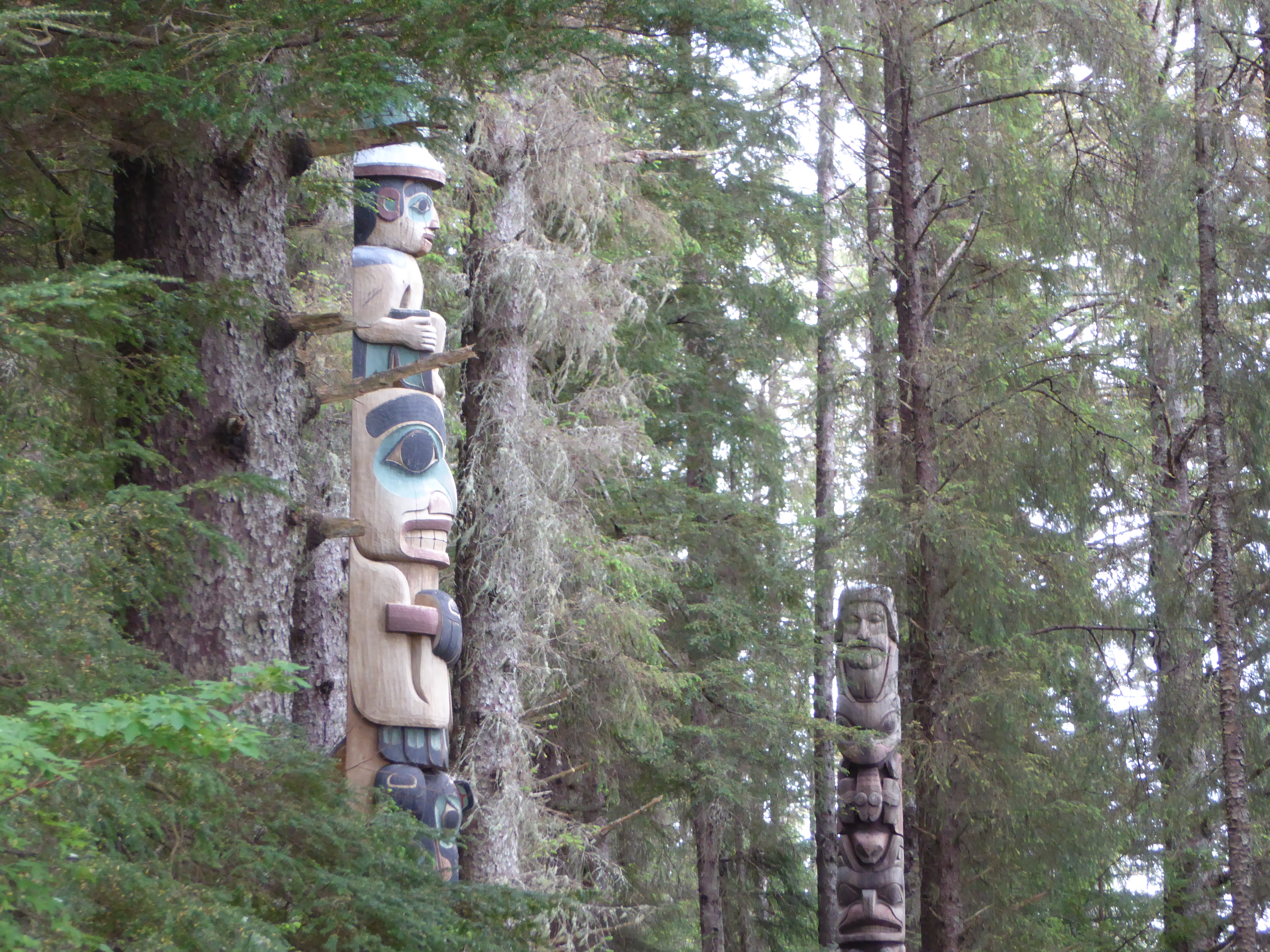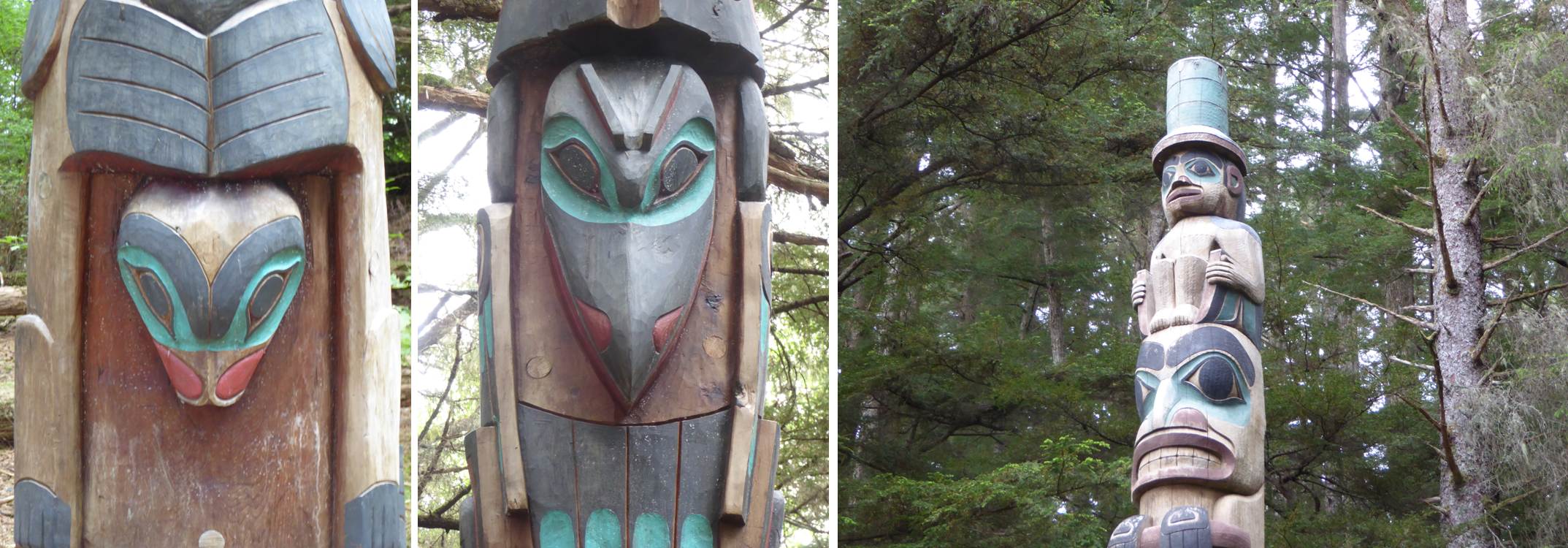Recently I returned to my second home state, Alaska. When I lived in Alaska, I called myself a misplaced Montanan; and now that I am back in Montana, I sometime refer to myself as an away Alaskan. In truth I belong to both states. I call myself a Montanalaskan. They hold tightly to my heart and my spirit. I carry them both deep in my bones.
As a biometrician working for the Alaska Department of Fish and Game, I was able to experience Alaska as few do. My work took me on countless field trips to nearly every mountain range, every river drainage, every small village, and the few bigger cities in the state. I spend hundreds of hours in small airplanes, helicopters, river boats, ocean going vessels, on snow machines and on foot hiking throughout the state. I know Alaska’s waters, mountains, tundras, and forests. My experiences span Alaska’s two primary seasons: winter and the Fourth of July. I have done much the same in Montana, although here my preferred mode of transportation is clearly that of riding one of my steadfast and back country savvy steeds.
The first stop on my Alaska trip was Sitka. During a quiet walk through the coastal trail of the Sitka National Historical Park with my longtime friend, Susan, I was once again spell bound by the beauty and the significance of the Tlingit and Haida totem poles standing silently among the towering spruce trees. Totems are sacred, religious symbols created by different clans, families, or groups honoring their relationship to their worlds – their worlds filled with the animals that sustained them physically, emotionally, and spiritually. These are beautifully carved works of arts clearly and loudly proclaims the creator’s reverence for and attachment to the animals depicted. These monuments sing to me. I feel the power of the connections between the animals and the totems’ carvers. The depth of their gratitude to, and reverence for, the animals portrayed is obvious to all.
The totem images haunt my imagination. I envy America’s first nations’ closeness with nature, their intimacy with the seasons, the plants, the animals, their knowledge of the stars and the waters and the wind, their oneness with their surroundings. Modern cultures seem intent on isolating us from nature’s embrace, sheltering us from the natures’ moods and disassociating us from all that the natural world entails – both the challenges and the joys. This is not meant to be. Human nature is really one with nature. Our separation is felt deeply, whether we recognize it for such or not. Our souls grieve its loss, with that grief commonly being expressed in unhealthy ways.
Those of us lucky enough to reside in places like Montana, where we continue to live close to the land with animals surrounding us, still have some tenuous threads to those ancient feelings, those ancient ways of knowing. Our daily lives reverberate with nature’s demands and glories. I give thanks for this way of live.
My mind plays with the prospect of a Dunrovin totem. To which animals would we pay homage? Clearly the ospreys would have to be included as their presence practically defines a Dunrovin summer season. Horses would most certainly be prominently featured as they are nearly our reason being who and what we are. Dogs have been our livelong companions and guides. Bears have been the focus of intense study by my husband and the source of endless hours of fascination and delight. Salmon and trout have lured us to river after river in both Montana and Alaska to seek their schools and grace our tables with sustenance. Yes, I think that Dunrovin would be the clan of the horse, dog, bear, trout/salmon, and osprey.
What animals would appear on YOUR totem? Why are those animals important to you?


